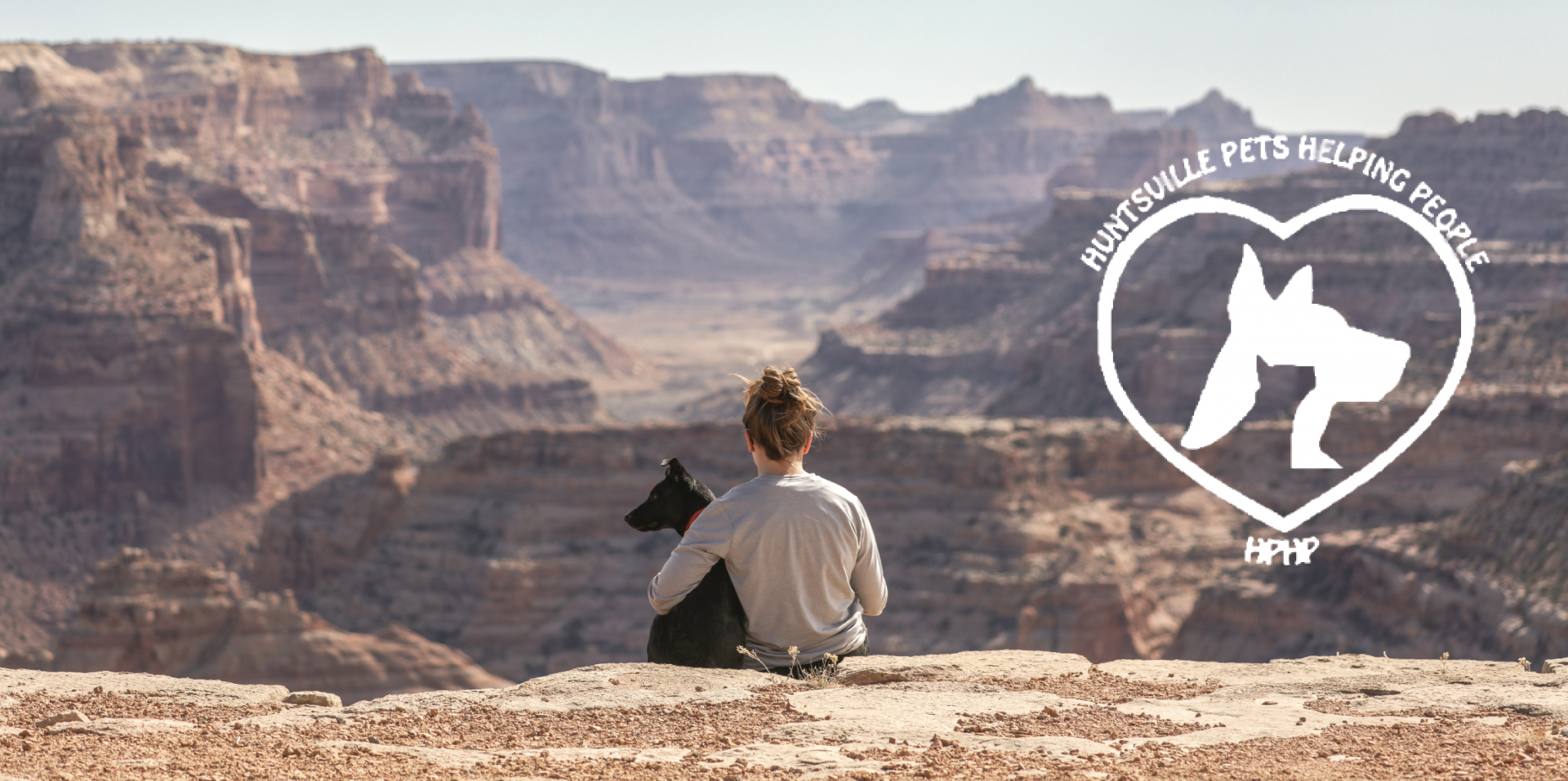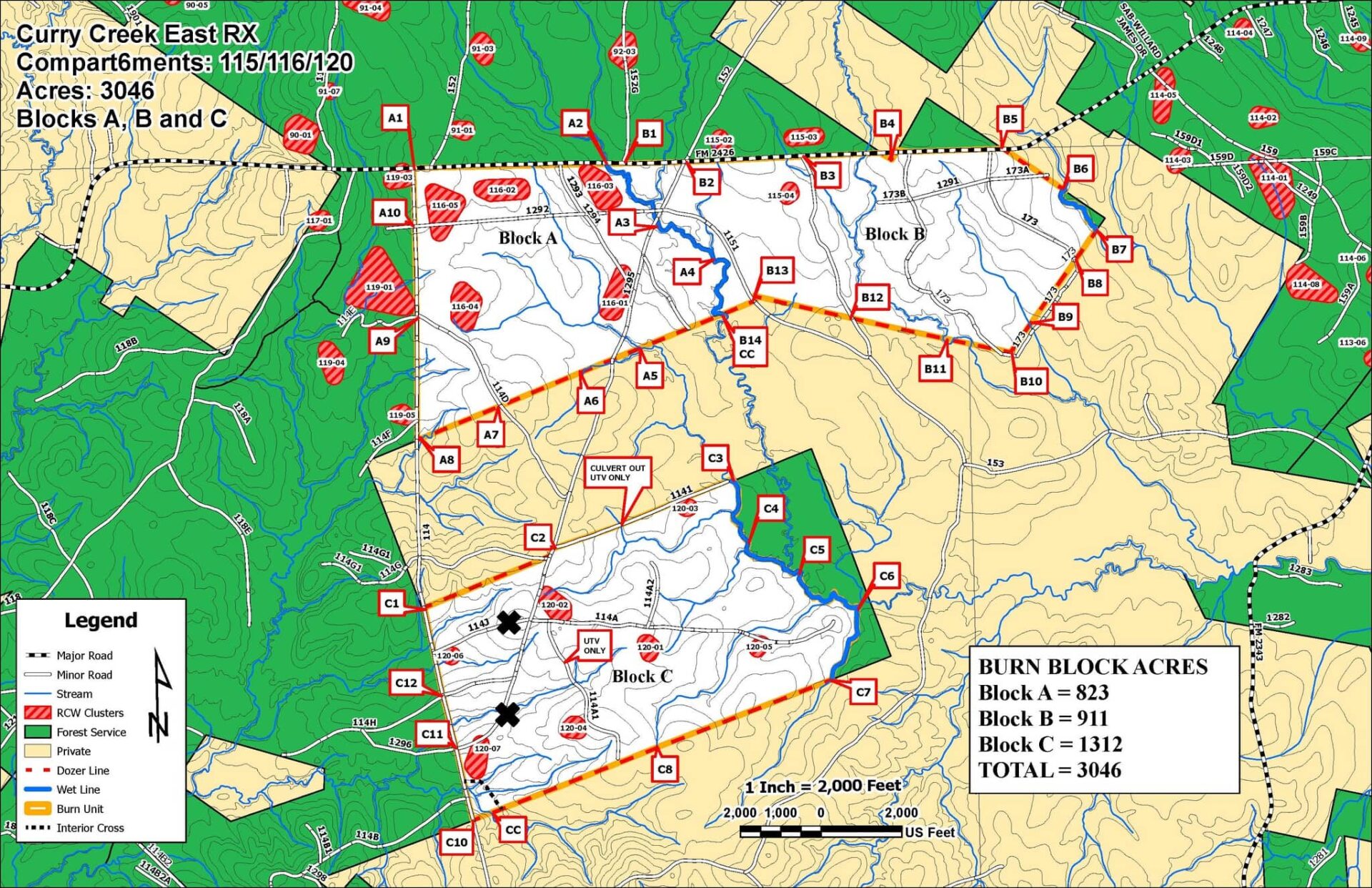Time For A Walk
Maybe your day begins with you asking your dog “do you want to go walking?” Or maybe the walk takes place after you get home in the evening. A walk might be a relaxing time when you get a few minutes for yourself in the company of your four-legged buddy. Or a walk might be a rushed chore that you have to get done before you hurry on to other things. It could be that you have to remind your kids that they promised to walk the dog every day as a condition for getting a pet. A walk is more than a mindless stroll or a foot race for your dog. It is something that they look forward to.
People are aware that walking is good exercise. Both veterinarians and physicians recommend walking for their clients. Walking can tone muscles, provide cardio benefits, aid in weight control, get us out in the sunshine, and stimulate us mentally as well as physically. Many people find walking to be fun and relaxing. If you walk with another person, there is a social aspect to the activity. In addition, walking can be a bonding experience with your pet.
Before heading out on a walk, a few pieces of equipment need to be rounded up. First, the person needs a good pair of supportive shoes. The depending on the weather, it may be time to apply sunscreen and possibly a sun hat. After that, think about the needs of your pet. Each dog needs a collar or harness. The collar may be a flat collar with a buckle or a limited slip collar such as a Martingale. My preference is a Martingale because when it is properly adjusted, a dog cannot slip out of it. However, if you have a dog with breathing difficulties or throat issues, a harness may be a better option. Keep in mind that some dogs equate a harness with pulling because when dogs are put in a harness and hooked up to a sled or car, they pull. With training, a dog can learn to walk politely without pulling on a collar or harness. The next piece of equipment is a leash or lead. In an urban environment, it should be four to six feet long and made of nylon or leather. That length will allow the dog some leeway to move around and sniff while allowing the person to maintain control. In a large park or a more rural area, a long line (10-20 feet long) will allow the dog to have more freedom. I do not recommend using a retractable leash because it offers far less control of the dog. When the line is extended, a dog can quickly get into the face of another dog or jump up on a person before you realize it is happening. Or your dog may take off after a squirrel and severely jerk your arm or pull the handle out of your hand and off they go. A cord burn is always a possibility with a fast moving retractable leash. Finally, take along some poop bags and use them.
Weather needs to be considered before starting a walk. If it is sunny and hot, walk early in the morning or in the evening to avoid the heat of the day and try to stay in the shade. Always check the pavement temperature to prevent burning paws. If it is cold or windy, it might be time for a sweater or jacket for you and the dog. Each dog is an individual but, generally, smaller and short haired dogs are more receptive to clothing than big fuzzy dogs who have more protective coats. While living through several Montana winters, my blue heeler appreciated wearing a sweater and booties while on those early morning walks on ice and snow in below zero temperatures. Now I have a different heeler who will not get off the porch if there is a smidgen of rain. On those rainy days, exercise is an inside activity for her.
Another consideration is how long the walk should be in relationship to the individual dog. A Chihuahua may get plenty of exercise walking around the block at a moderate pace. A senior dog may be happy with a slow stroll for fifteen minutes while a younger or very active dog is always up for a two mile run. Therefore, keep in mind the age, health, and abilities of the dog in determining the pace and length of the walk.
Now it is time for a few “do nots” for walks. Do not rush the potty break. After all, dogs need time to take care of business and part of the process includes sniffing the area. Dogs enjoy checking the “pee mail” left by other dogs. Please do not tug on the leash to speed things along as most likely you’ll only get pull back from your dog and a leash tug may lessen their enjoyment of going for a walk.
A word about walks and training. Taking a walk with your dog will be more enjoyable for both of you if the dog has had some basic obedience training that includes walking politely on a leash. Unfortunately, dogs do not come preprogrammed with polite leash walking skills. All dogs are capable of learning to walk calmly beside you and not drag you down the street. You can train the dog yourself or sign up for a dog obedience class. It is likely that walks will take place more often if the dog is polite.
Going for a walk can be mentally and physically enjoyable for you and the dog. Walking can have social and bonding elements, as well. Throw in a bit of leash training, weather awareness and health benefits and walking is a nearly perfect form of exercise for dogs and people.





